As the boundaries between exhibition, architecture, and cultural diplomacy continue to blur, the very idea of a design fair is being rewritten. At the center of this evolution stands Nicolas Bellavance-Lecompte—architect, curator, and founder of NOMAD, whose upcoming edition, NOMAD in Abu Dhabi, reimagines the design fair as a space of encounter rather than commerce.
Bellavance-Lecompte began his journey in the field through Carwan, a pioneering design gallery he founded in Beirut, which between 2011 and 2019 played a key role in bringing contemporary voices from the Middle East into dialogue with the global design scene. That experience laid the foundation for a practice rooted in cross-cultural exchange and curatorial experimentation.
Soon after, he launched NOMAD—a traveling design experience that merges architectural heritage with contemporary creation. Each edition inhabits a different historic villa, alpine landmark, or coastal palazzo, encouraging exhibitors to engage directly with architecture, light, and local culture so that the site itself becomes a co-author of every presentation. Over the years, NOMAD has partnered with Dior, Gucci, Loro Piana, and Bulgari, among others, becoming a bridge between craft, luxury, and cultural dialogue.
This November, NOMAD will take over the transformed Terminal 1 of Zayed International Airport, a 1970s modernist monument by Paul Andreu—reimagined as a platform for cross-cultural exchange. Bellavance-Lecompte’s practice, rooted in architecture yet constantly in motion, continues to blur boundaries between curation, design, and diplomacy, inviting us to experience culture as both artifact and encounter.
Right after the announcement of the new edition, we sat down with Nicolas to discuss how fairs can evolve beyond commerce—into spaces of meaning, care, and cultural transformation.
hube: What are the biggest challenges facing art and design fairs today, beyond logistics or economics? Are there cultural or ethical pressures that feel more urgent than before?
Nicolas Bellavance-Lecompte: The challenge today is really about the experience and its meaning. A fair is no longer judged simply on how well it runs. It’s about how well it positions itself culturally. Why does it exist? Who does it serve? What is its purpose beyond commerce? Those are the questions people are asking. Sustainability, provenance, diversity, and ethics of production aren’t footnotes anymore, they’re central. To stay relevant, a fair must act as a new cultural vector. It must stand for something, offer context, and create a narrative that goes deeper than transactions.
h: The profile of collectors is changing. How should fairs adapt?
NBL: Collectors today are younger, more global, and more interdisciplinary. They are architects, entrepreneurs, as well as people from the technology, fashion, and cultural industries. Many come from growing geographies—the Global South, the Gulf, India—and they want to engage differently. They are not looking for rows of anonymous booths; they want intimate encounters, strong curatorial ideas, and stories they can connect to. That’s why NOMAD has always resisted the idea of scale for its own sake. We design curated formats that foster meaningful connections, not crowds, where conversations have room to breathe and you feel at ease.
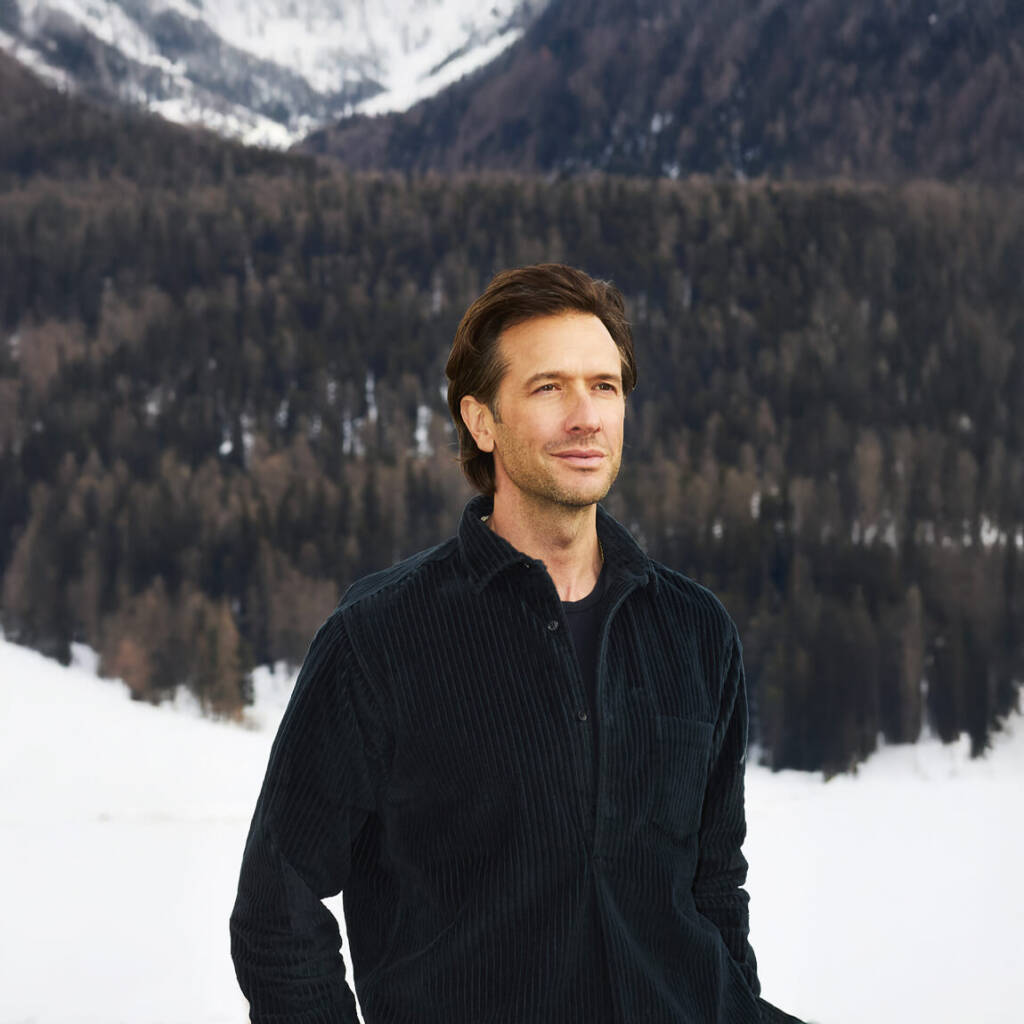
Photography by DE PASQUALE+MAFFINI, Courtesy of NOMAD CIRCLE

Photography by N. BEREZHNOy, courtesy of NOMAD

Photography by N. BEREZHNOy, courtesy of NOMAD

Courtesy of ZAYED INTERNATIONAL AIRPORT
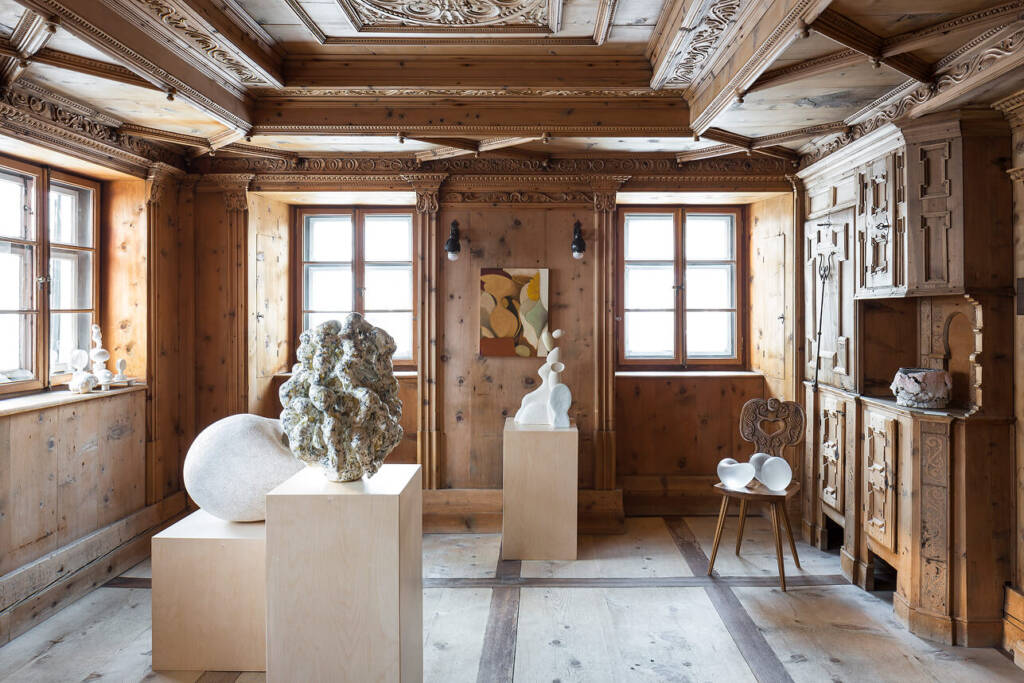
Photography by FILIPPO BAMBERGHI, Courtesy of NOMAD
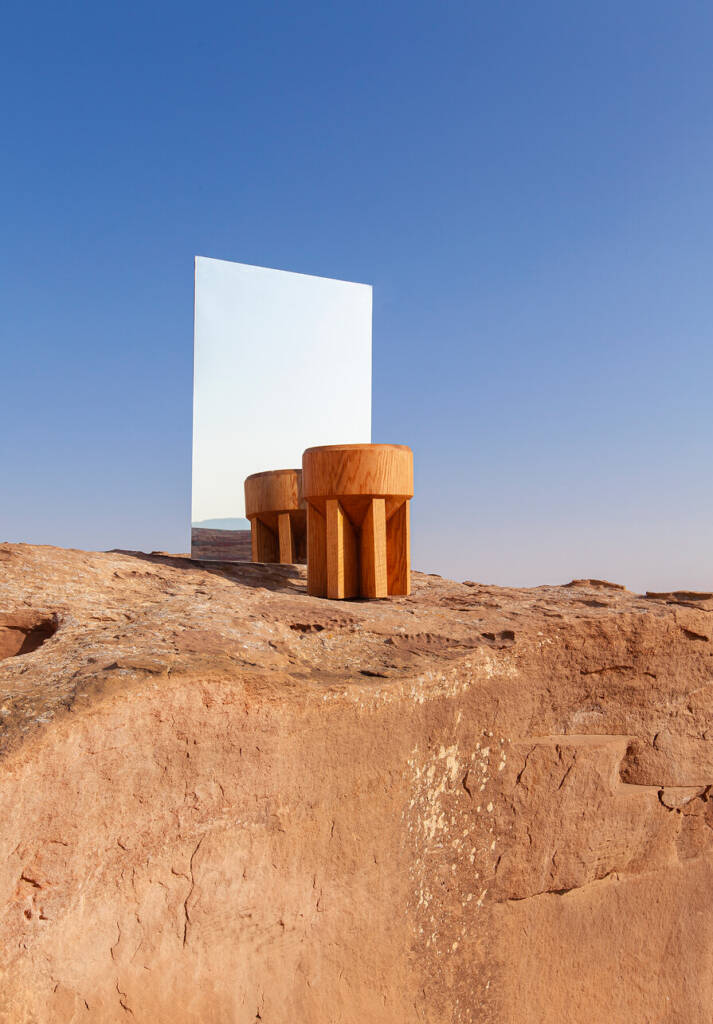
Badguir collection, 2022
Photography by REZA DARYAKENARI, courtesy of PARSA GALLERY

Badguir collection, 2022
Photography by REZA DARYAKENARI, courtesy of PARSA GALLERY4
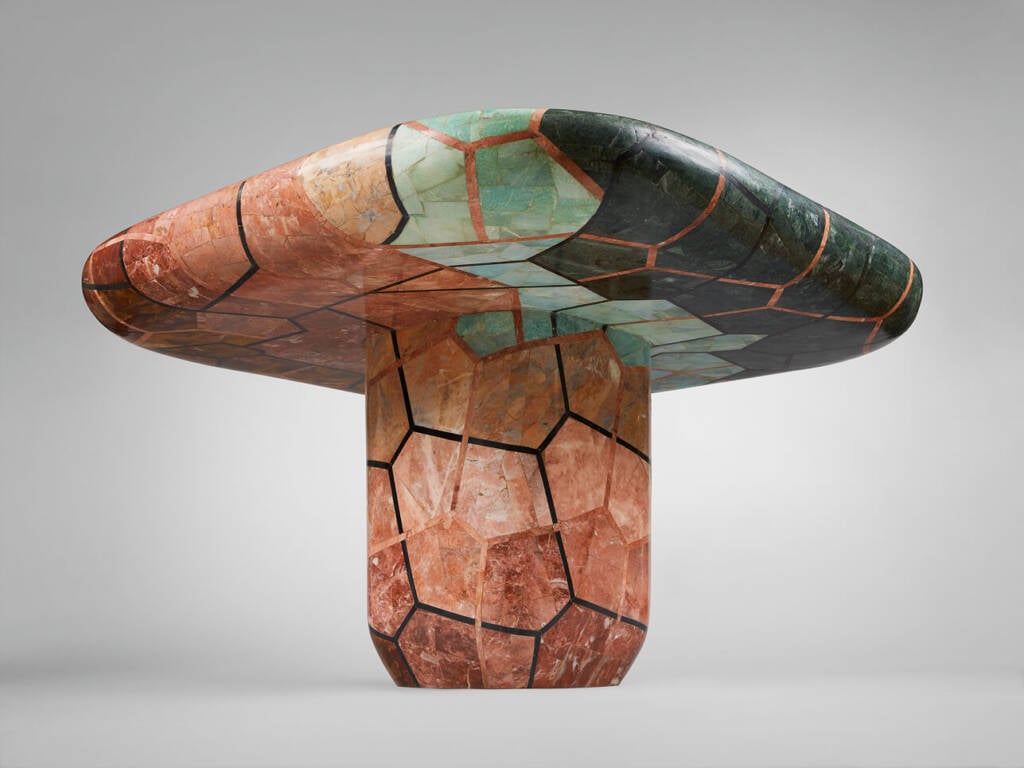
Carapace Table-5
Courtesy of GALERIE BSL
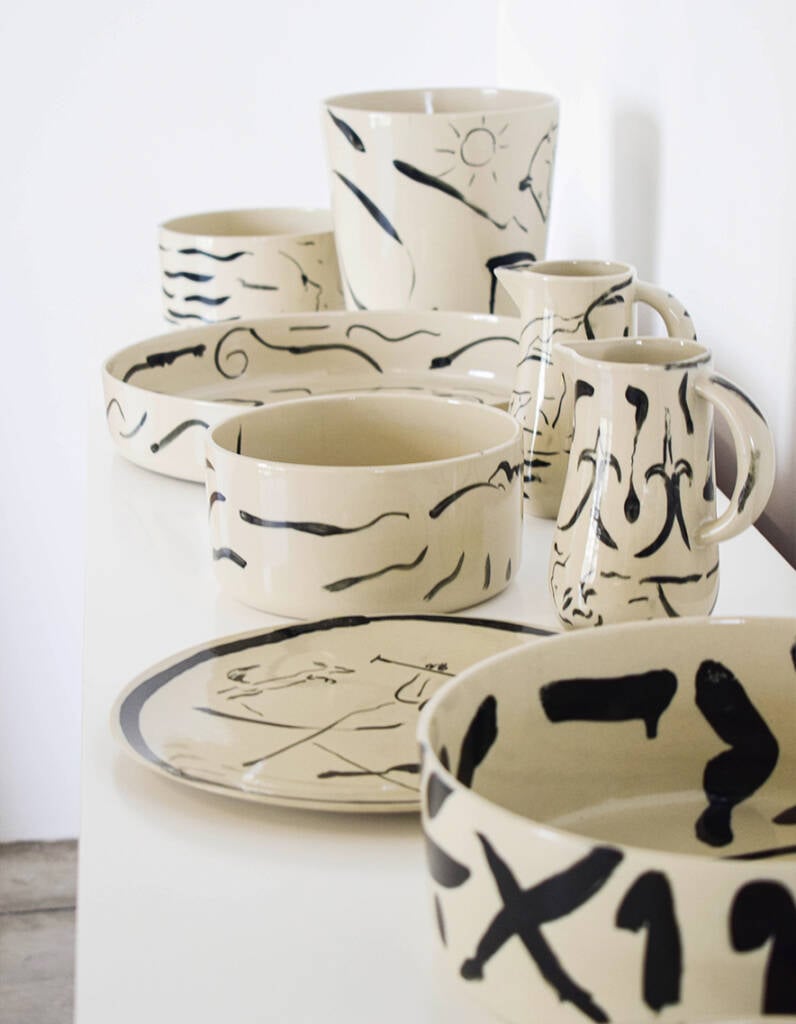
Ceramics
Courtesy of BARDO COLLECTIONS
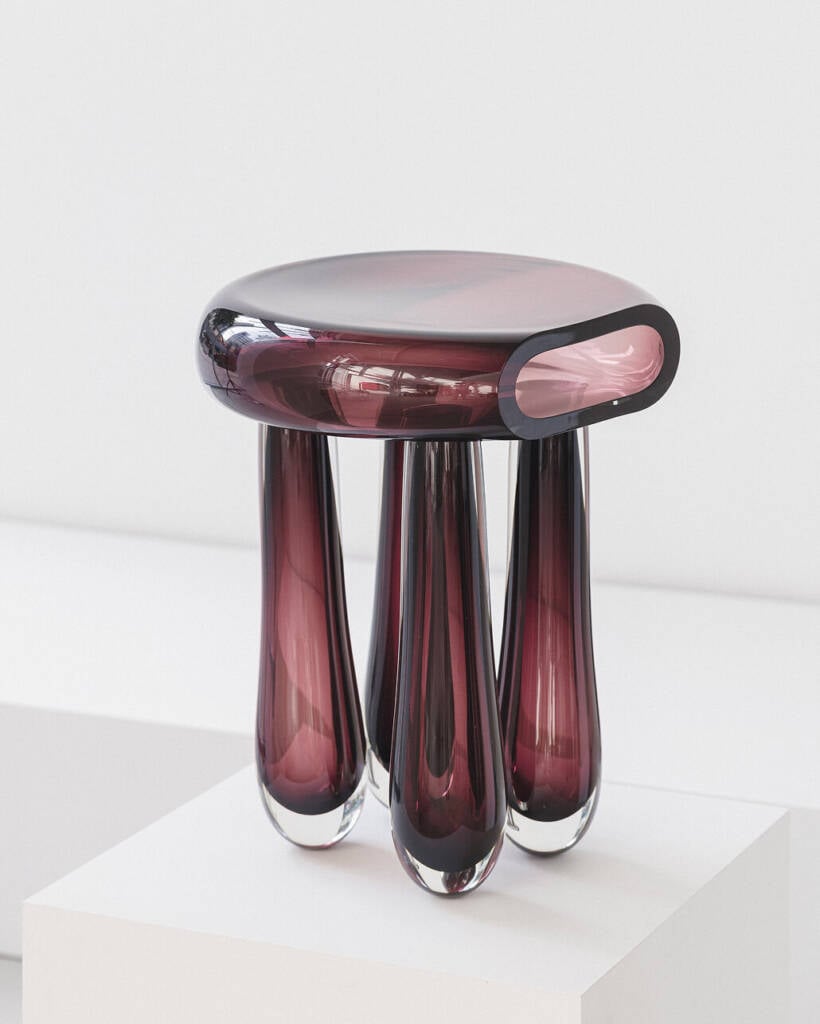
Bulle side table, 2023
Courtesy of WE GALLERY

A Thousand Layers of Stomach
Photography by FEDERICO FLORIANI
h: NOMAD’s locations seem to shape the works. Is site a co-author?
NBL: Absolutely. From the beginning, the site has been central to NOMAD’s DNA. St. Moritz, Capri, Venice, Monaco—each place generates its own cultural resonance and architectural context. Exhibitors don’t simply occupy a booth; instead, they are asked to respond to a site, a specific room. Light, altitude, history, and material are the conditions that change how the work is perceived. In that sense, the site becomes a co-author of the exhibition. It’s why NOMAD editions are remembered not just as fairs but as situated experiences embedded in place.
h: How will the “fair” format evolve with digital platforms, environmental concerns, and shifting luxury values?
NBL: The future of fairs will be hybrid, intentional, and slower. Digital tools will support research, education, and scholarship, but the physical encounter will remain even more rare and precious. Travel will shift from casual to purposeful: people will fly less often, but when they do, they will seek experiences that are deeply curated and transformative. Luxury will not be defined by spectacle but by intimacy, care, and the integrity of craft. I see fairs becoming cultural residencies—short-lived but sites for active encounter and transformation—rather than endless trade shows.
h: Which cities or regions are reshaping the center of gravity?
NBL: The Gulf is becoming one of the most relevant economic and cultural contexts of our time, thanks to sustained investment and a clear long-term vision. West Africa is also extraordinary insofar as there is a new generation of designers and artists who are working with heritage, craft, and material in completely new ways. And of course, India, where education and infrastructure are evolving so fast, is reshaping culture and taste for new projects. Beyond that, I also see unique energy in smaller European and American destinations where institutions and patrons are creating a new gravity outside the usual confluence of political influences, almost in a culturally resilient manner.
h: As a cultural strategist, what aspects of art and design are we still underestimating?
NBL: We underestimate lesser-known cultures and ancestral knowledge. Designers today are
returning to natural ecosystems, recycling practices, and craft lineages that hold enormous wisdom. These are not nostalgic gestures; they are forward-looking. They are shaping what the next canon will be. Too often we overlook the voices that move fluidly between disciplines—those who bring together ritual, architecture, performance, and object. They are re-writing the language of design in ways that have yet to be fully recognized. Sometimes you simply need to take time to understand the cultural references and significance of certain traditions in order to reposition yourself in the universe.
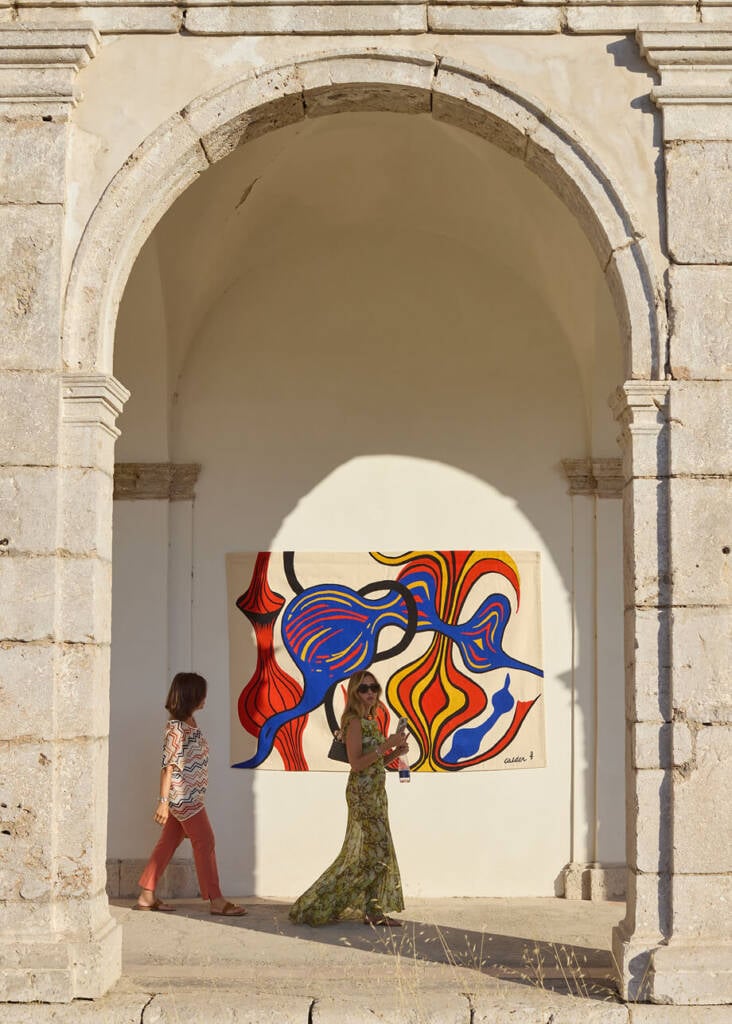
Photography by DE PASQUALE+MAFFINI, Courtesy of NOMAD
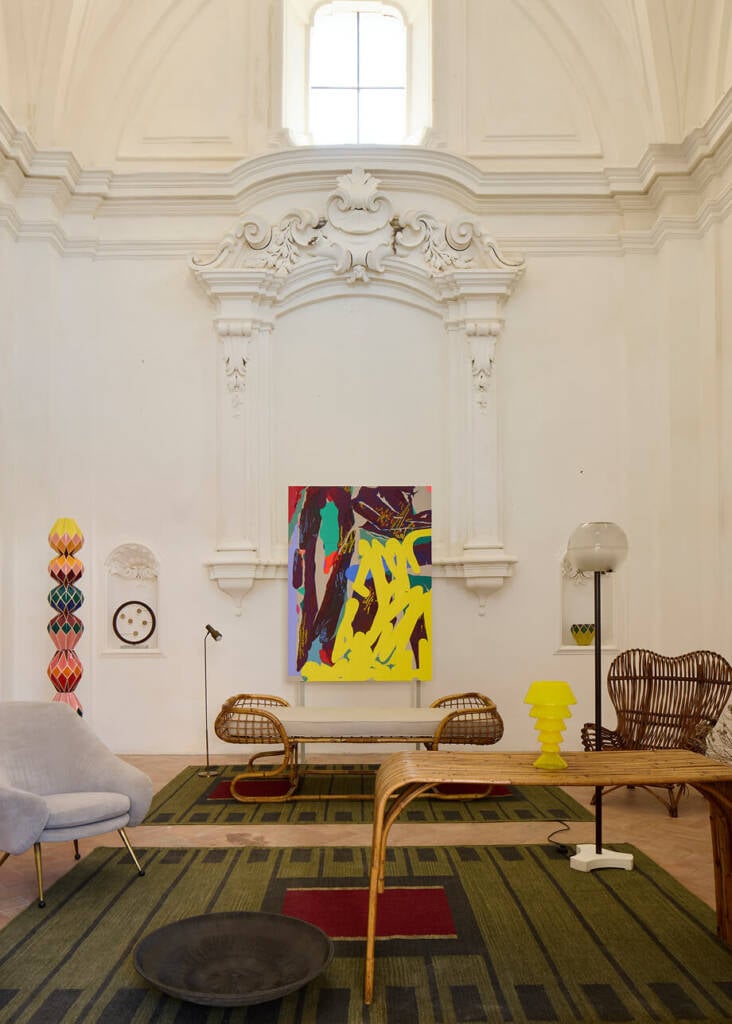
Photography by DE PASQUALE+MAFFINI, Courtesy of NOMAD
h: What excites you most about launching a NOMAD edition in Abu Dhabi, and how will its context shape the identity of the edition?
NBL: Abu Dhabi has built one of the most refined cultural ecosystems in the region, carefully and sustainably. It has attracted a diverse international community of collectors—people from
Europe, India, East Asia, Africa—who have made it a cultural home. What excites me is the opportunity to create a dialogue between modernity and desert, between the modern architectural language of our venue and the ancestral craft languages of the region. It’s not about parachuting culture in; it’s about creating a bridge between local traditions and global collectible design. This edition feels almost like a spaceship landing in the Emirates, carrying an unexpected variety of voices. It is also a new institutional-level collaboration with local authorities, something we haven’t done before.
h: For Abu Dhabi, who is the core audience? Local or international?
NBL: Both. By design, NOMAD in Abu Dhabi will serve a growing community of local and regional patrons, while also inviting international architects and collectors who want to experience the region with intention. The goal is not to import culture but to foster an exchange. The balance of local resonance and international relevance will define its success. We also want to engage the many new communities that have moved here over the past few years. NOMAD will run alongside Abu Dhabi Art, and we are confident the combination will create a complementary, rich offering for international visitors.
h: How do you integrate brands without diluting authenticity? Have you turned down partnerships?
NBL: Partnerships only work if the brand is ready to engage at a curatorial level. We are not interested in spectacle. We collaborate when a brand is willing to commission an idea, explore materials, and take part in the dialogue of the fair. That requires trust and alignment. And yes, we turn down partnerships when the fit is not right. In the long term, value comes from integrity, not visibility alone. We are currently collaborating with Bottega Veneta on a meaningful project for the MENA region, curated in dialogue with local designers—one of the central exhibitions of NOMAD in Abu Dhabi.
h: What are the key goals for NOMAD in the next few years, artistically and institutionally?
NBL: Our focus is guided by three directions. First, we aim to deepen our support of special projects that highlight local designers, artisans, and cross-disciplinary voices. Second, we are building an archive and educational strand so that every edition leaves knowledge behind. And third, we plan to expand our geography thoughtfully. Whether Abu Dhabi, St. Moritz, or the Hamptons, each location brings a new audience, yet the scale and voice remain consistent: intimate, curated, and site-specific.
h: What do you want a visitor to feel when they leave NOMAD?
NBL: Clarity and calm. We want visitors to feel that they encountered people, not masses—that they had the best time, and that every object carried a trace of its maker and its place. The fair shouldn’t overwhelm; it should be a meaningful experience. I want the memory of NOMAD to do the final curation. When visitors go home, what stays with them should feel essential, and they should already be looking forward to the next edition.
h: Which emerging artists or designers are on your radar?
NBL: I’m drawn to practitioners who bring a unique perspective to their research and practice, and who are also able to reinvent themselves. Designers in West Africa are reworking reclaimed metals and natural fibers; creatives from the MENA region are exploring various techniques linked to tradition; young studios are reinventing light through vernacular and contemporary techniques. My instinct is not to publish lists but to reveal them through commissions—because the best way to discover new talent is to see how artists respond to context, material, and place.
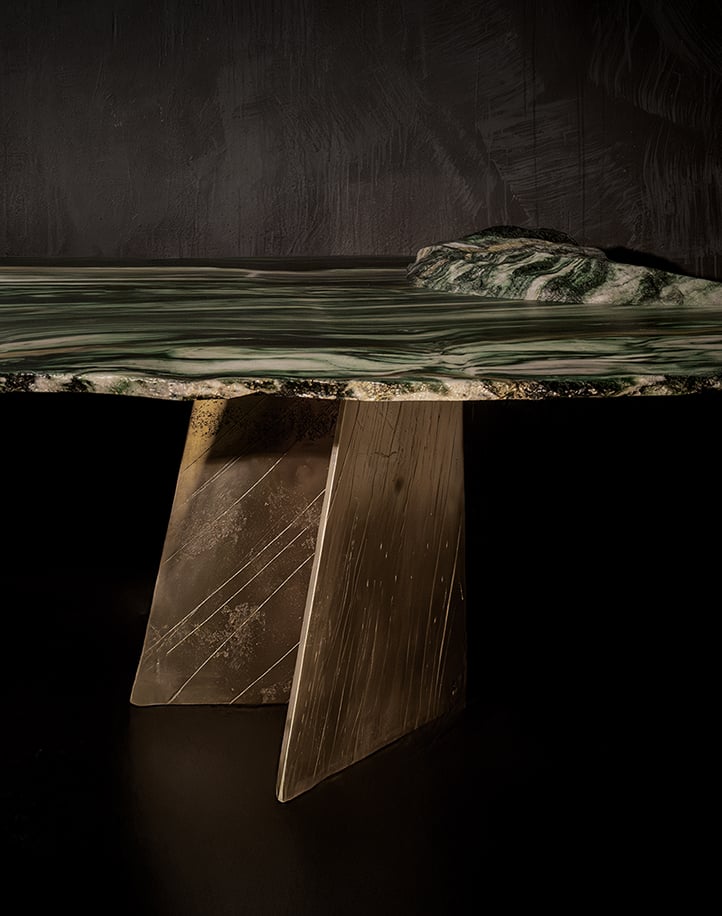
Lapponio
Courtesy of SOLEILLE GALLERY

M03 mirror, Fluid Echoes, 2025
Courtesy of SUPER LOOP
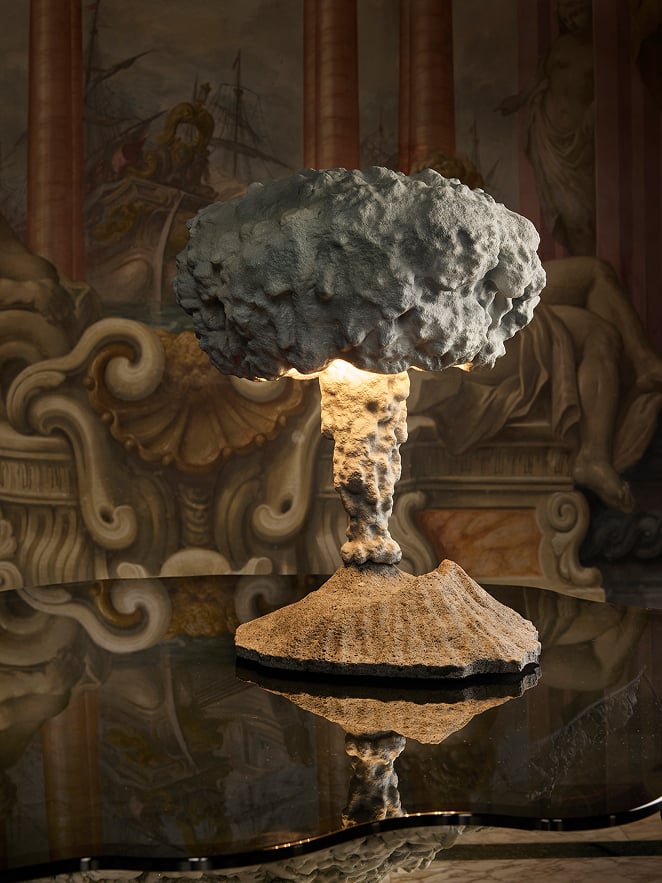
Plinio Lamp
Courtesy of SOLEILLE GALLERY

Arco Di Luce
Courtesy of SOLEILLE GALLERY

Khan
Courtesy of PARSA GALLERY
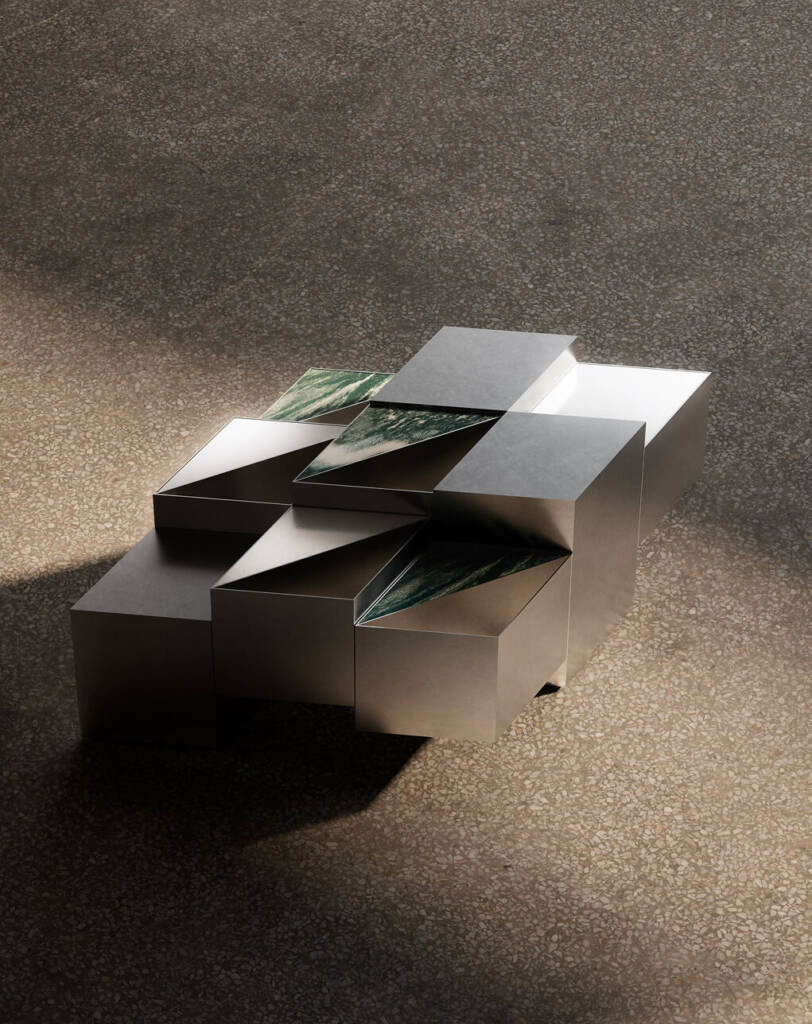
Kalyka, 2025
Courtesy of MONDAVILLI SCAGLIOLA

Aura Wallpanel
Photography by EDOUARD AUFFRAY, courtesy of GALERIE GASTOU
Words: ISABELLA MICELI

